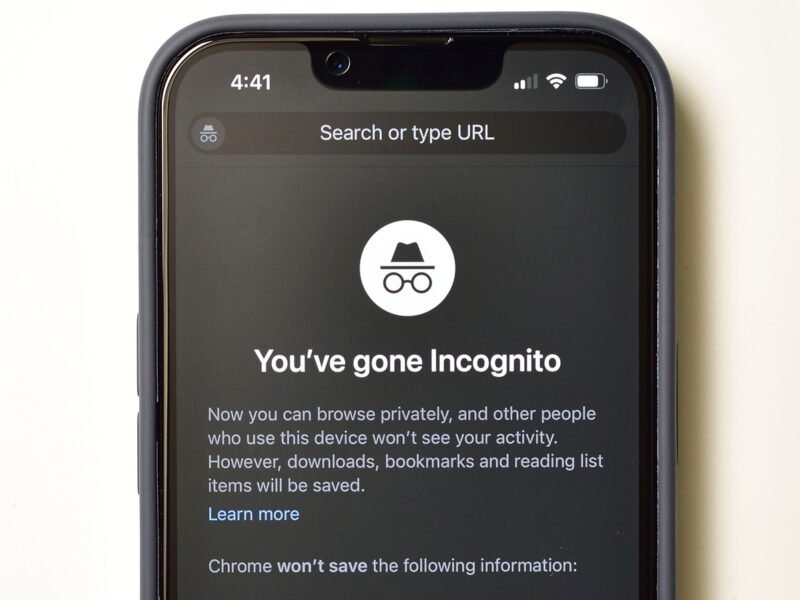In an era dominated by technology, smartphones have become an integral part of our daily lives. Among the plethora of options available, the iPhone stands out as a symbol of innovation, design, and seamless user experience. This article aims to explore the distinctive features of iPhones and provide a step-by-step guide on how to exit Incognito Mode on these devices.
The iPhone, renowned for its sleek design and cutting-edge technology, has evolved over the years, offering users a range of models to suit their preferences and needs. The primary differentiators among various iPhone models lie in their specifications, performance, and unique features.
One notable aspect that sets iPhones apart is the proprietary iOS operating system. iOS is renowned for its user-friendly interface, security features, and seamless integration across Apple devices. The iPhone’s closed ecosystem ensures a consistent and optimized user experience, allowing users to effortlessly sync data, applications, and services across their Apple devices.
The hardware is another critical factor contributing to the iPhone’s appeal. Apple’s commitment to crafting high-quality materials and incorporating state-of-the-art components results in devices that are not only aesthetically pleasing but also powerful and efficient. The iPhone’s camera capabilities, processing speed, and display quality consistently receive acclaim, further solidifying its position as a leader in the smartphone market.
As we delve into the intricacies of iPhone usage, it’s crucial to address a common query among users: How to get out of Incognito Mode on iPhone? Incognito Mode, also known as Private Browsing, is a feature available in most web browsers, including Safari on iPhones. This mode allows users to browse the internet without the browser storing their search history, cookies, or other data. However, exiting Incognito Mode may not be immediately apparent to all users.
To exit Incognito Mode on your iPhone, follow these simple steps:
- Open Safari: Unlock your iPhone and navigate to the home screen. Locate the Safari icon – it’s typically a blue compass – and tap to open the browser.
- Access Tabs: In the lower-right corner of the Safari interface, you’ll find an icon resembling two overlapping squares. Tap this icon to access your open tabs.
- Close Incognito Tabs: If you are in Incognito Mode, you’ll notice the browser interface is dark. To exit Incognito Mode, simply tap the square icon again to reveal your open tabs. Locate the “Private” tab, which represents your Incognito Mode, and swipe left on it. Then, tap “Done” to close the tab and exit Incognito Mode.
These straightforward steps ensure that your browsing session returns to regular mode, allowing Safari to store your history and other browsing data as usual.
In conclusion, the iPhone’s allure lies in its seamless integration of hardware and software, resulting in a premium user experience. From the iconic design to the powerful performance, Apple’s commitment to excellence is evident in each iPhone model. Additionally, users can appreciate the privacy features embedded in Safari, such as Incognito Mode, which allows for discreet browsing.
Understanding how to exit Incognito Mode on iPhone is a valuable skill for users who wish to manage their browsing preferences effectively. By following the outlined steps, iPhone users can navigate the digital realm with confidence, enjoying both the distinct features of their devices and the privacy options provided by Safari’s Incognito Mode. As technology continues to advance, the iPhone remains at the forefront, setting the standard for innovation and user satisfaction.






